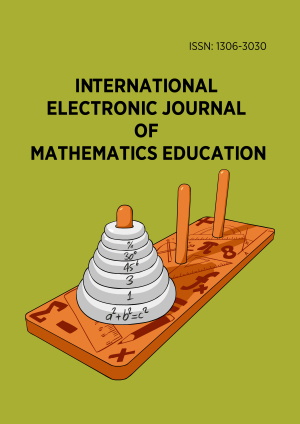Abstract
Risk communication in the public domain is often transmitted with an ambigous language or misleading representations of information. This causes biases in people's understanding of risks. Furthermore people's reasoning about risks is also often biased by their emotions and feelings (Gigerenzer, 2013). This correlates with people's problems in understanding statistical and numerical information. Consequently one of the main aims of educators should be to become aware of this "Risk Illiteracy" and to improve young learners' understanding of different aspects of Risk. From the perspective of stochastics education, this means to focus on an early encounter with probabilistic issues in real-life situations of risk. Ongoing studies discovered that mathematical concepts like proportions, expected values and conditional probabilities can be taught to children through "Natural Frequencies" in hands-on activities (Gigerenzer & Hoffrage, 1995). This work presents an intervention study in twelve classes of 4th graders. The aim of the study was to find out whether children have probabilistic preconcepts of risk and decision making under uncertainty, and if they do, which is the good way to foster them.
License
This is an open access article distributed under the Creative Commons Attribution License which permits unrestricted use, distribution, and reproduction in any medium, provided the original work is properly cited.
Article Type: Research Article
INT ELECT J MATH ED, Volume 9, Issue 2, October 2014, 83-96
https://doi.org/10.29333/iejme/283
Publication date: 12 Dec 2014
Article Views: 5035
Article Downloads: 3519
Open Access References How to cite this article
 Full Text (PDF)
Full Text (PDF)